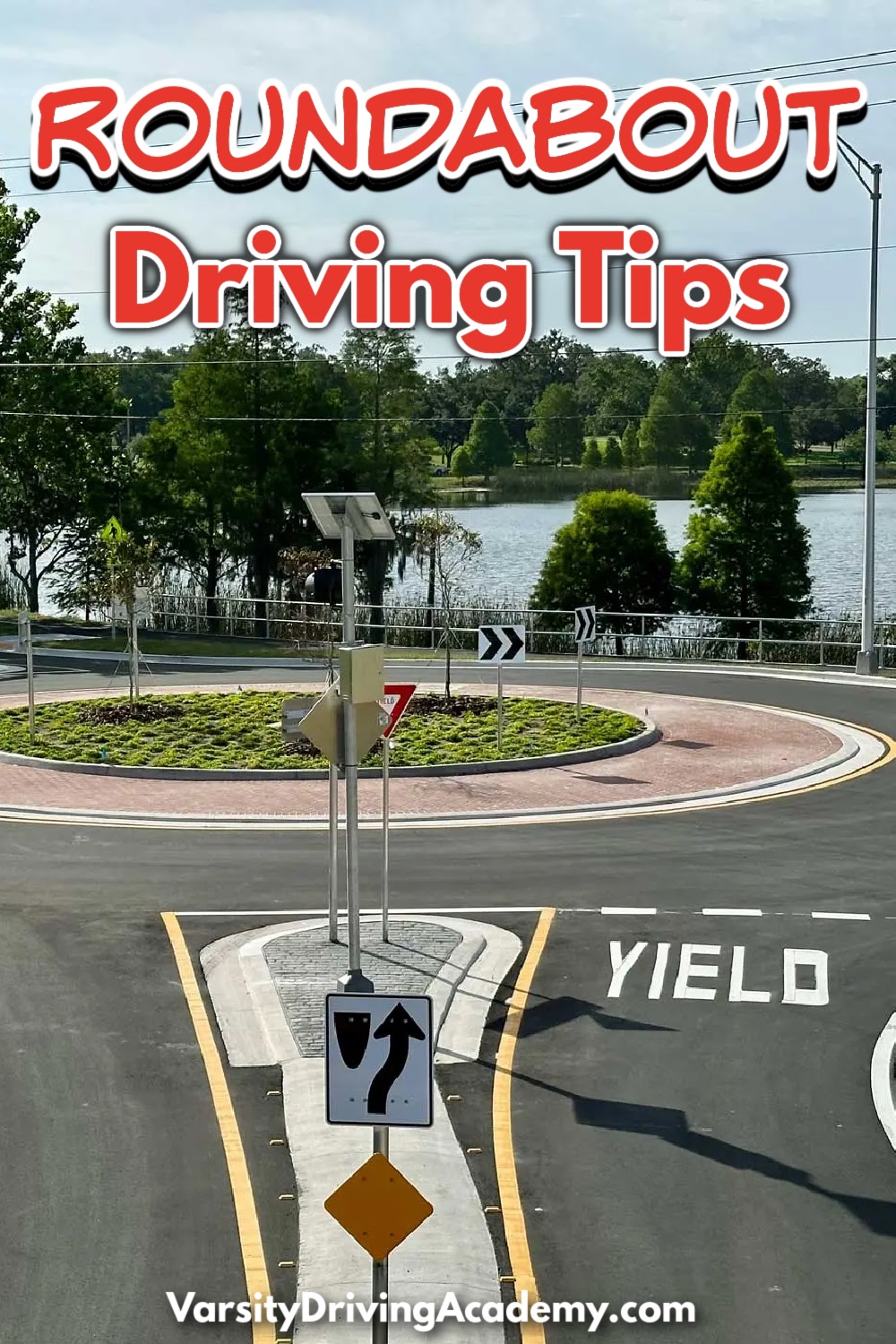Roundabout Driving Tips
Intersections have multiple variations. Some have stop signs, others have lights, some have two lanes, and others have four. There is also the roundabout intersection. Roundabouts are not as common as other intersections, but drivers should still be prepared should they encounter one with roundabout driving tips.

Roundabout Driving Tips
Some simple roundabout driving tips can help all drivers be prepared for this unique type of intersection they may come across. Driving tips are meant to help keep drivers safe while driving and to help prepare them for situations they may not have thought they would encounter.
Roundabouts are a great example of driving tips every driver should know. They are a type of intersection that is meant to slow but not stop traffic. The idea is simple: drivers can enter the roundabout as long as it is safe.
They continue around the roundabout until they get to the exit they need. Clearly, this is not a normal type of intersection, which is why drivers should use some tips for roundabouts.
No Stopping But Go Slowly
Roundabout driving tips can help ensure you use it properly. You are not required to stop at a roundabout, but you are required to yield. Yielding is when you slow to a crawl while checking to ensure the roundabout is clear. You can then proceed into the roundabout if no cars are already there.
However, you must give way to cars that are already making their way around the roundabout. Luckily, the only direction you need to be paying attention to is the left. Roundabouts are always one way. Enter the roundabout slowly and continue around it slowly since cars may be entering from any side.
Roundabout Signaling
Drivers already know how to use their turn signals when they are about to make a left or a right turn. The question is, which signal do you use when the road is a circle? The answer is simple: it all depends on when you plan to exit the roundabout.
Roundabouts are usually found at 4-way intersections. Keeping that in mind, we will use signals the same way we would at a regular intersection. Use the right indicator if you plan on exiting the roundabout at the first right turn, no signal if you plan on exiting at the second exit (going straight), and a left turn signal when you enter the roundabout, but change it to the right signal when you approach the last exit if this is where you want to exit.
Emergency Vehicles in a Roundabout
One of the less common roundabout driving tips involves emergency vehicles. Normally, we would pull over to the side of the road if an emergency vehicle is approaching us from the rear with its emergency lights and sirens on.
However, it is not a good idea to pull over to the side of a roundabout. Instead, continue through the roundabout until you exit the roundabout and can pull to the side safely. Roundabouts are designed to decrease the chances of head-on collisions, keep the flow of traffic moving, and help pedestrians.
However, to allow the roundabout to serve its purpose, we must know how to use it properly. Some people don’t approach roundabouts as often as others, and they become a forgotten obstacle. The most important part of a roundabout is the yield sign. While it’s not a stop sign, it is just as important.



